Best Museums in Madrid
Introduction
European capitals are known for their impressive scale of museums and galleries, but when it comes to Madrid, there is something particularly unique. Three of its most illustrious museums are neighbors along the same street, with many other well-known cultural centers not far away. The Paseo del Arte (or Art Walk, which takes place between the three top art museums) makes it incredibly convenient for visitors to take in such celebrated masterpieces and works of art. Madrid is practically overflowing with museums and galleries where you can get your much-needed art fix, sometimes even for free. From Spain’s most important collection of paintings in the Prado to the veritable palace of contemporary art, the Reina Sofía, the Spanish capital, is home to many of the greatest works of art by some of history’s most influential artists. So you don’t miss anything, we’ve chosen a baker’s dozen of the best museums to visit in Madrid.
Museo Nacional Centro de Arte Reina Sofía
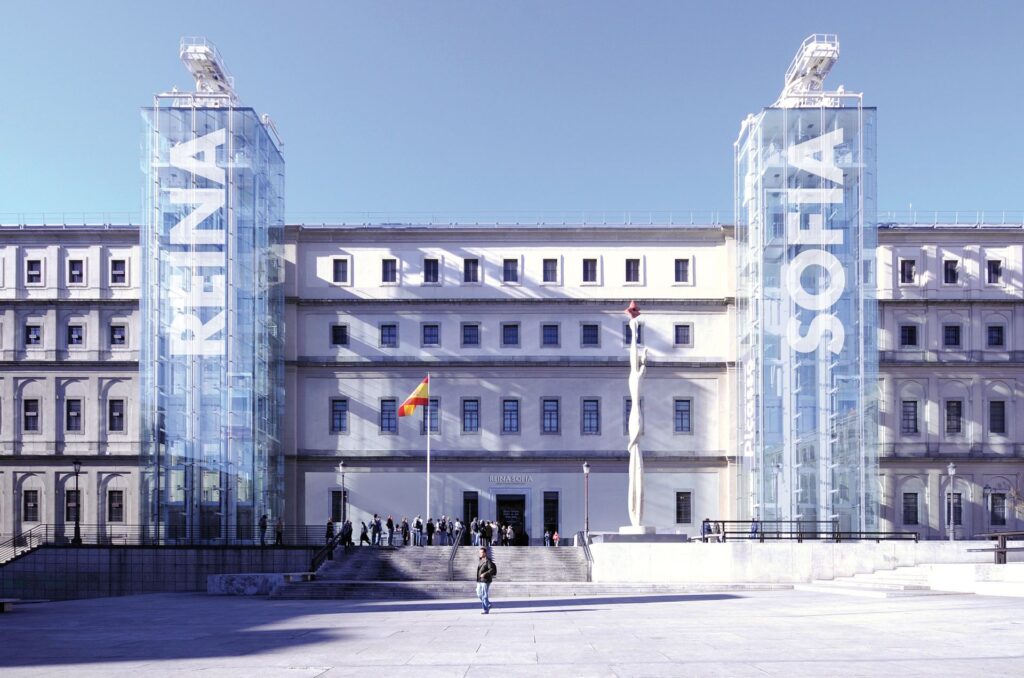
With 20,000 works in its permanent collection, the Reina Sofía is a must for art fans and an essential part of Madrid’s Art Triangle and the Prado and Thyssen-Bornemisza museums. Spanish artists feature heavily in the collection, and Picasso, Miró, Julio González, and Dalí have their rooms. More recently, works by major foreign artists have been included. The jewel in the crown here is ‘Guernica,’ Picasso’s passionate denunciation of war and fascism. The museum also has a packed events schedule and a top-notch café-restaurant in NuBel if you’ve worked up an appetite after all that browsing.
Prado Museum, Madrid
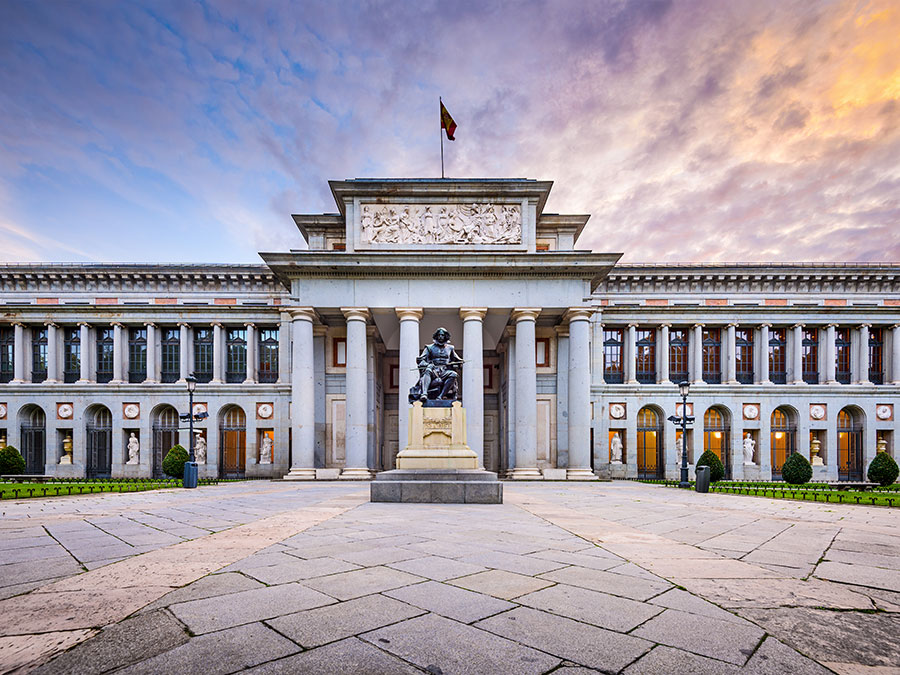
This behemoth, in every sense, is the best-known and most revered museum in Madrid (and all of Spain). Its massive collection is housed in a gigantic neoclassical building; when it opened in 1819, the Prado became one of the world’s first public art museums for masterpieces by French and Italian artists, Flemish masters, and the Spanish, including the impressive Velázquez rooms – with pride of place going to ‘Las Meninas’ – and the Goya rooms. It’s impossible to see everything in one visit, so plan yours well unless you’re up for spending a few days doing nothing else, which is always an option.
Museo Sorolla
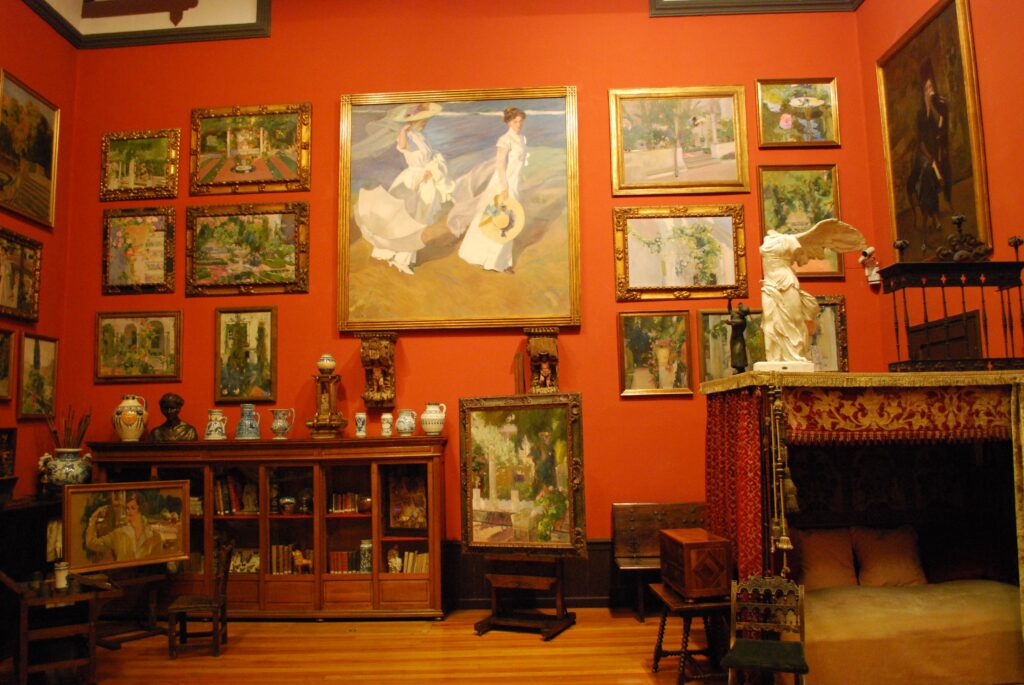
Often considered a neo-Impressionist, Valencia-born Joaquín Sorolla was an exponent of ‘luminism,’ the celebration of light. He was renowned for his iridescent, sun-drenched paintings, including portraits and family scenes at the beach and in gardens. Sorolla’s leisured themes and greeting-card-esque (often used as such) aesthetic are easy to dismiss, but most find his luminous world at least a little seductive. This delightful little museum, housed in the mansion built for the artist in 1910 to spend his latter years, has been recently restored and boasts 250 works. The works are exhibited on the main floor, in his former studio areas. The salon, dining room, and breakfast room are furnished in their original state, with the artist’s eclectic decorative influence as evidence. The garden, Moorish-inspired but with an Italianate pergola, is a delightful, peaceful oasis of calm, seemingly miles away from the roaring traffic outside.
Thyssen-Bornemisza Museum

The Museo Nacional Thyssen-Bornemisza, once an aristocratic mansion, falls somewhere between the avant-garde works at the Reina Sofia and the traditional Spanish art at the Prado. With an enormous collection of European art from the continent’s most respected masters, the museum is a must-see for anyone. Expect recognizable pieces from Dalí, El Greco, Monet, Picasso, and Rembrandt. Some works date back to the Medieval period; others are from the 20th century. There are even some 19th-century American paintings and interesting modern pop art.
American Museum
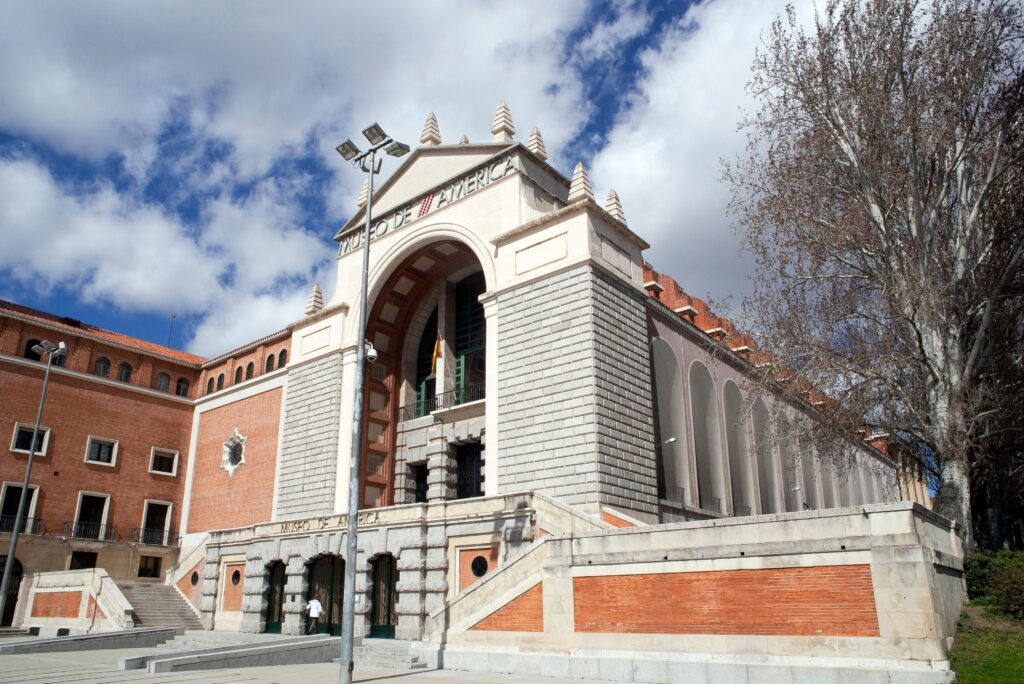
This museum comprises the finest collection of pre-Columbian American art and artifacts in Europe, a combination of articles brought back at the time of the Conquest and during the centuries of Spanish rule over Central and South America, plus later acquisitions generally donated by Latin American governments. The collection includes near-matchless treasures: there is the Madrid Codex, one of only four surviving Mayan illustrated glyph manuscripts in the world; the Tudela Codex and illustrated manuscripts from central Mexico, which depict the Spanish Conquest; superb carvings from the Mayan city of Palenque, sent back to Charles III by the first-ever modern survey expedition to a pre-Hispanic American ruin in 1787; and the Gold of the Quimbayas, a series of exquisite gold figures from the Quimbaya culture of Colombia, which were presented to Spain by the Colombian government.
Museo del Romanticismo

Suppose the works of Gustavo Adolfo Bécquer, Goethe, Lord Byron, or Rosalia de Castro touch your heart. In that case, you’ll want to visit this museum that shows how people lived in the Romantic era in Spain during the 19th century. The Romanticism Museum contains a charming collection of over 1,600 pieces, including furniture, paintings, china, pianos, and more, that’s on display to the public after significant refurbishing kept it closed for eight years until its reopening in 2009. Be sure to grab a cup of coffee at the Café del Jardín (Garden Café), one of the best-kept secrets in the capital.
Museo Lázaro Galdiano
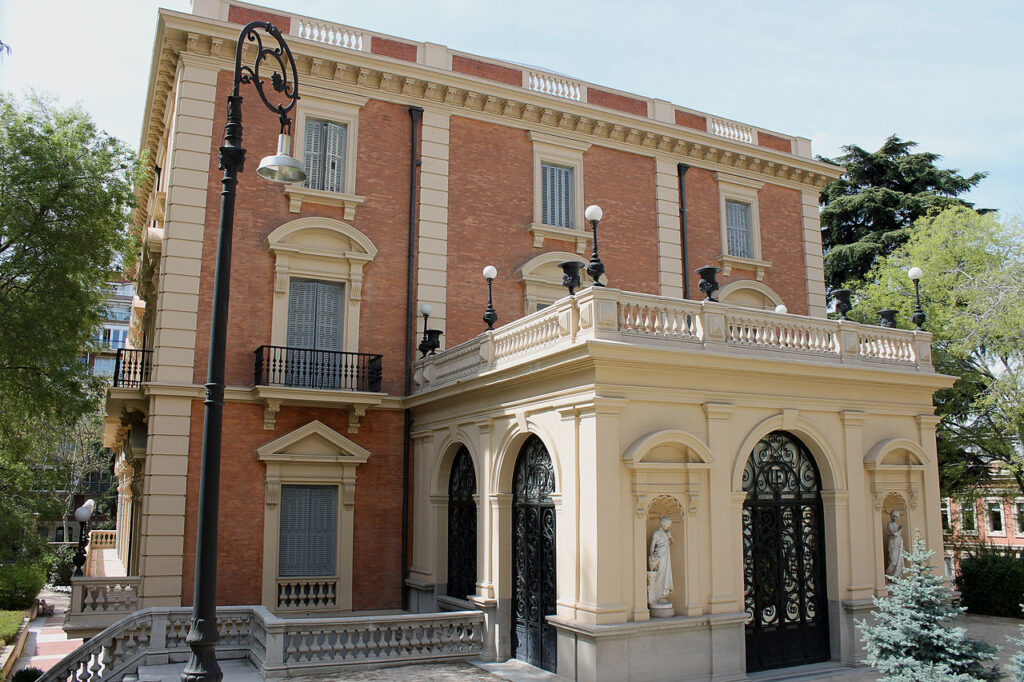
This unjustifiably little-known museum holds the extraordinarily eclectic collection of 15,000 paintings and objets d’art, covering 24 centuries, accumulated over 70 years by the financier and bibliophile José Lázaro Galdiano (1862-1947). Its holdings include paintings by Goya and Bosch, an essential collection of work from the Dutch and English schools, and some excellent Renaissance ornamental metalwork. The four-story mansion and its gardens are a sight in themselves.
Museo Nacional de Artes Decorativas
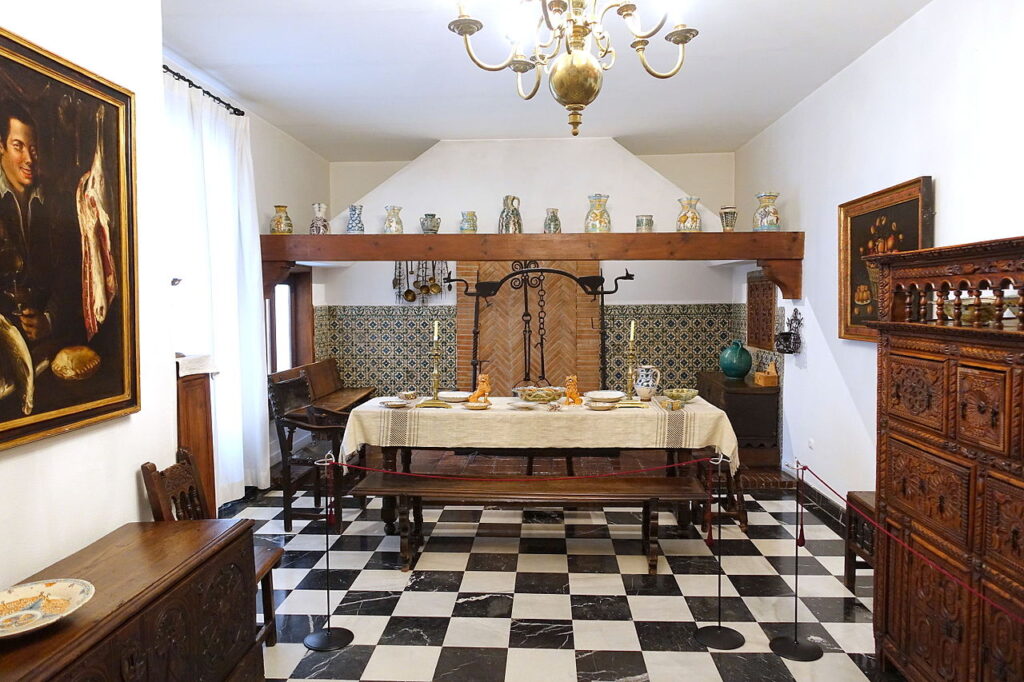
The Decorative Arts Museum houses more than 15,000 objets d’art, furniture, and tapestries from all over Spain and many from China. One of the most prized rooms is the fifth-floor tiled kitchen, painstakingly transferred from an 18th-century Valencian palace, whose 1,604 painted tiles depict a domestic scene with a huddle of servants making hot chocolate. Also of great interest is the second floor, where the Spanish baroque pieces are concentrated, among them ceramics from Talavera and Teruel, textiles, gold and silver work, and jewelry cases from the ‘Tesoro del Delfín’ (‘Treasure of the Grand Dauphin’), the rest of which is in the Prado. Elsewhere are 19th-century doll’ houses, antique fans, an ornate 16th-century four-poster bedstead, and a Sèvres jug given to Queen Isabel II by Napoleon III.
Museo Nacional de Ciencias Naturales
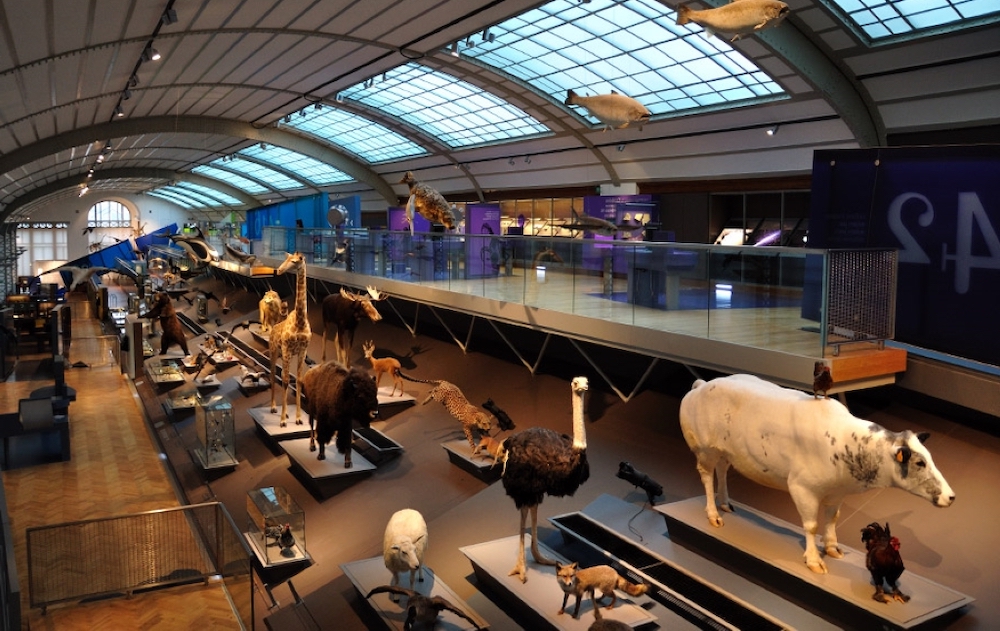
The Natural Science Museum occupies two spaces in a huge building overlooking a sloping garden on the Castellana. Much of the north wing is given over to temporary exhibitions: generally, a couple of small-scale ones are held annually, and a larger, more ambitious one, lasting about a year, is organized every 18 months. They tend to be hands-on, interactive, and fun for kids. In this wing is ‘Mediterranean Nature and Civilisation,’ a large exhibition of Mediterranean flora and fauna illustrating the region’s biodiversity. The Jardín de Piedras (an outdoor rock garden) exhibits rocks and fossilized logs, most from the Community of Madrid. A replica of a Diplodocus is undoubtedly one of the highlights of the museum, along with the skeleton of a Pleistocene era Megatherium americanum from Luján, Argentina, and a stunning whale skeleton more than 20 meters long that will wow visitors of all ages.
Museo Arqueológico Nacional
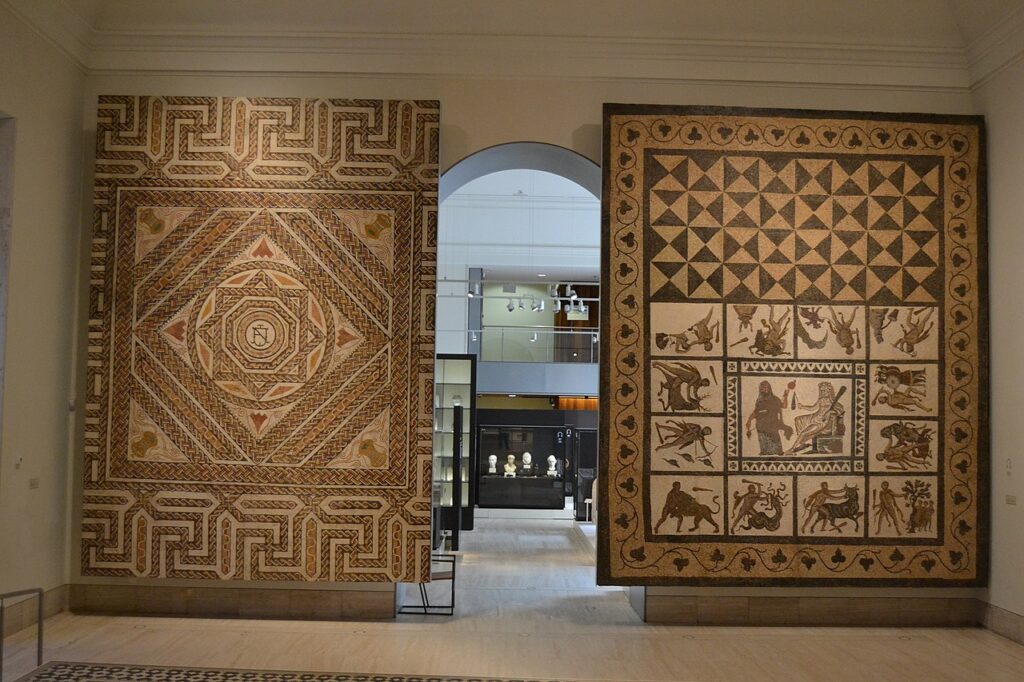
This is one of Madrid’s oldest museums (dating from 1867), which, after a six-year renovation project costing some €65 million, reopened on April 1, 2014, to be ‘the best archaeological museum in Europe and, therefore, in the world.’ It traces th’e evolution of human cultures from prehistoric times up to the 15th century, and the collection of artifacts includes finds from the Iberian, Celtic, Greek, Egyptian, Punic, Roman, Paleochristian, Visigothic, and Muslim cultures. Remarkably, most pieces came from excavations within Spain, illustrating the extraordinary continuity and diversity of human settlement in the Iberian peninsula. Some of the most exciting exhibits are from around Madrid, such as the 4,000-year-old bell-shaped Neolithic bowls collection. ‘La Dama de Elche,’ the intricate stone bust of an Iberian’ priestess dating ‘from 500 BC, is one of the museum’s most famous exhibits. Among the most popular cmuseum’s are the tusks of a mammoth, which are still attached to the skull, and a reproduction of the famous cave paintings from Altamira in Cantabria. The Visigoth and Muslim periods in Spain are represented by beautiful ceramics and metalwork from Al Andalus. There are also exhibits from the Middle Ages and later periods.
Museo Cerralbo
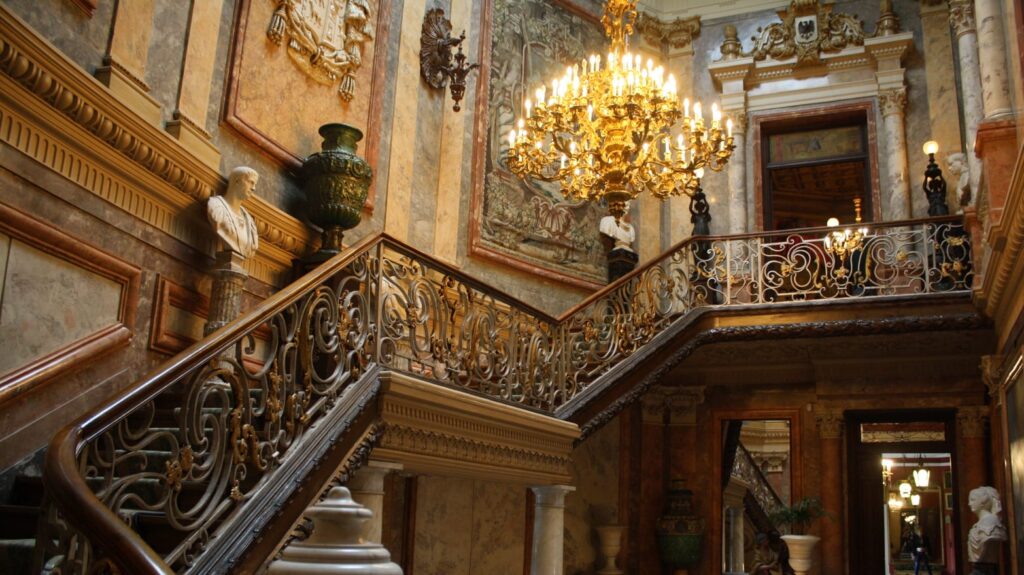
Laid out in a sumptuous late-19th-century mansion in Argüelles is the incredible private collection of artworks and artifacts assembled by Enrique de Aguilera y Gamboa, the 17th Marqués de Cerralbo. A man of letters, reactionary politician, and traveler who fanatically collected pieces everywhere he went, he bequeathed his collection to the state with the stipulation that it should be displayed exactly how he had arranged it himself, in a house that even during its owner’s life was conceived of as a home and a museum. With the decora owner’s neo-baroque and rococo elements, you’ll get a sense of horror vacui, with the walls full of you and objects. Among the many paintings, however, are El Greco’s ‘The Ecstasy of St Francis of Assisi’ – the absolute hiGreco’s’ and works by Zurbarán, Alonso Cano’ and other Spanish masters.
Museo del Ferrocarril
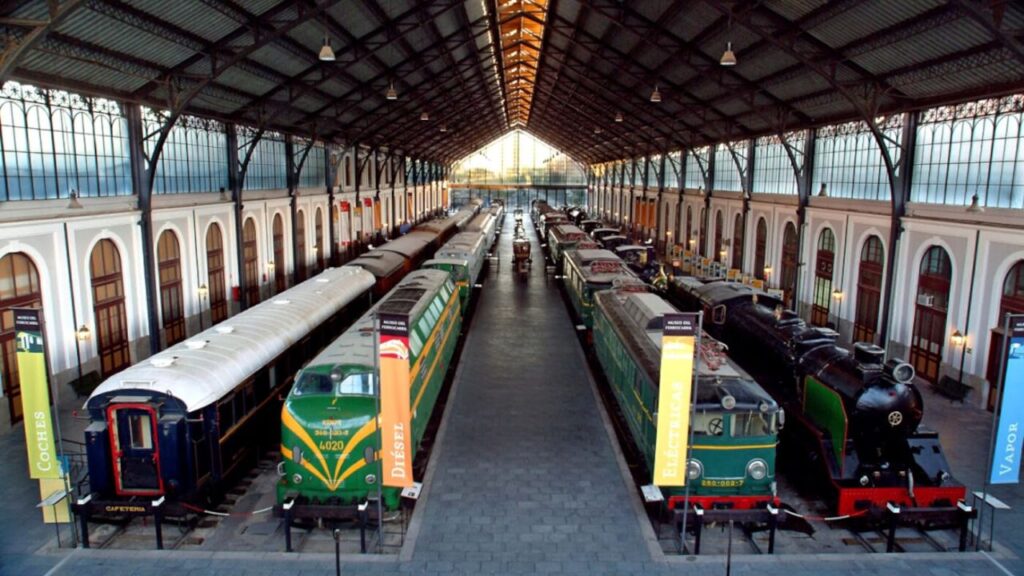
Housed in the elegant but disused Delicias station, with ironwork by Gustave Eiffel, Madrid’s railway museum has an evocative collection of modMadrid’s locomotives, railway equipment, and memorabilia. A room is also dedicated to clocks, including the one marked when Spain’s first-ever train chugged from Barcelona to Mataró. You can Spain’sn the trains, drink in an old restaurant car, or watch film footage of Spanish railways. This excellent museum for kids offers children’s workshops, Train Day, a modeling market, and one of the unchildren’svents for Madrid’s hipsters, the ‘Mercado de Motores,’ held once a month.
MuseoMadrid’seal Academia de’Bellas Artes de Sa’ Fernando
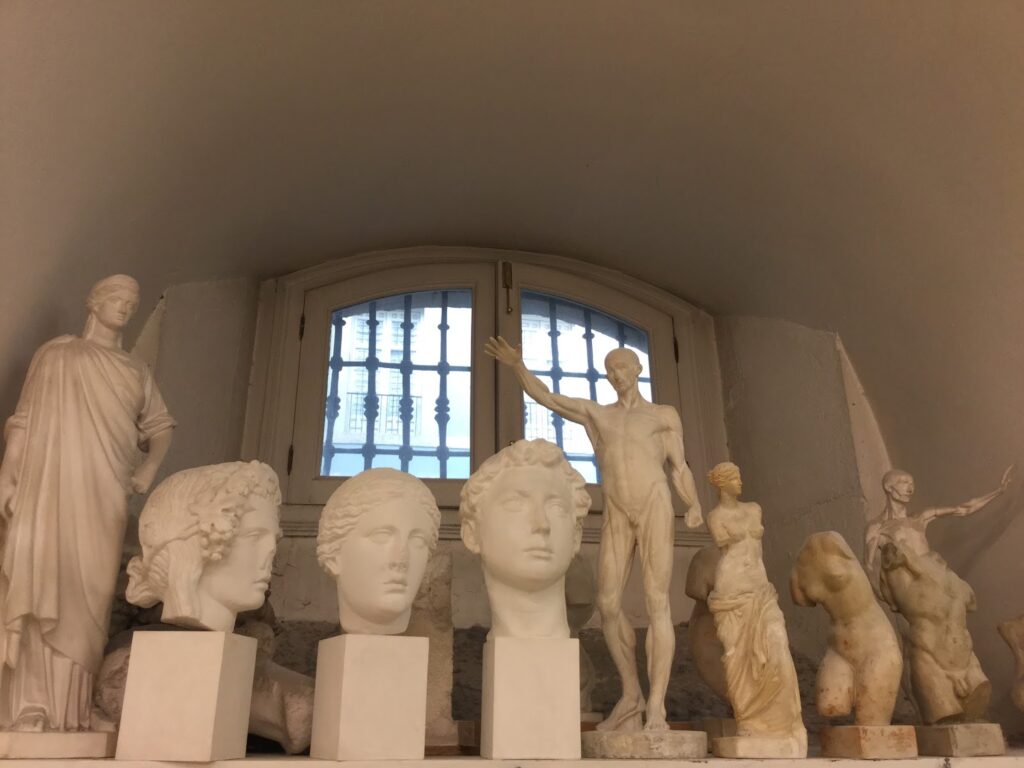
This under-visited museum is, in fact, one of Madrid’s most essential and oldest permanent artistic institutions founded in 1794). The eclectic collection is partly made up of works of varying quality donated by aspiring members to gain admission to the academy. The museum’s most significant possessions are its 13 works by Goya, anmuseum’sal, a figure in the early years of Academia. They include two significant self-portraits: a portrait of his friend, the playwright Moratín, a picture of Carlos IV’s hated minister Godoy, and the ‘Burial of the Sardine,’ aIV’snival scene that foreshadows his’ later, darker works.’ Another of the academy’s most prized possessions is the Italian mannerist Giacademy’scimboldo’s ‘Spring,” a playful, surrealistic portrait of Arcimboldo’se’tirely’of flowers. There are also essential portraits by Velázquez and Rubens and several paintings by Zurbarán. Among the later works, the best known are some Picasso engravings and a Juan Gris; the most surprising are the colorful fantasies of Múñoz Degrain and the De Chirico-esque work of Julio Romero de Torres. Look out too for Leandro Bassano’s superb ‘La Riva degli Schiavoni’.










